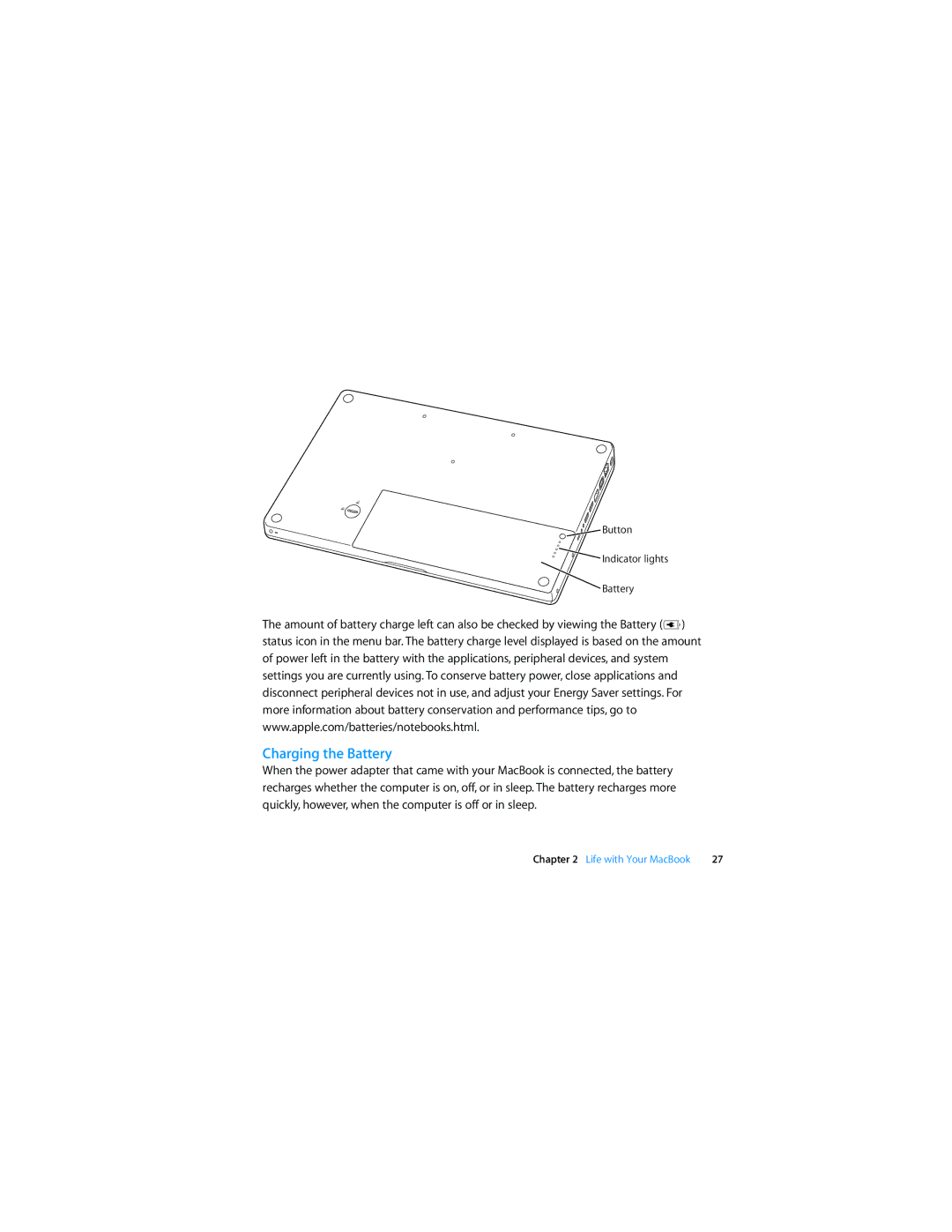Personal Computer specifications
The Apple Personal Computer, commonly known as the Apple PC, has significantly shaped the landscape of personal computing since its inception. The first model, the Apple I, was introduced in 1976 and marked the beginning of a new era in technology. It was designed primarily for hobbyists, featuring a single-board computer with basic components, and required users to provide their own keyboard and display. This marked the start of Apple's journey in the personal computer market.One of the standout features of Apple PCs has always been their user-friendly interface. The introduction of the graphical user interface (GUI) with the Macintosh in 1984 revolutionized how users interacted with computers. The mouse-driven GUI made it accessible to a broader audience, including those who were not technically inclined. This focus on ease of use has remained a core principle in Apple's design philosophy.
Apple's hardware design is another hallmark of its personal computers. The aesthetics of Apple PCs are characterized by sleek, minimalist designs that blend functionality with elegance. The use of high-quality materials, such as aluminum and glass, not only contributes to their stunning appearances but also enhances durability. The Retina display technology introduced in later models provides stunning visuals with sharp resolutions and vibrant colors, making them ideal for creative professionals.
In terms of performance, Apple PCs offer powerful hardware configurations. The transition to its own silicon with the M1 chip in 2020 marked a significant leap, providing increased performance, efficiency, and battery life compared to previous Intel-based models. The M1 chip integrates the CPU, GPU, and RAM into a single system on a chip (SoC), enabling faster processing speeds and improved power management.
Connectivity is another crucial aspect of Apple PCs. They typically feature various ports, including USB-C, Thunderbolt, and HDMI, allowing users to connect a wide range of peripherals and external displays. The inclusion of wireless technologies like Bluetooth and Wi-Fi ensures seamless connectivity, enhancing the overall user experience.
Security is paramount in Apple’s ecosystem, and its personal computers come equipped with features like Touch ID and secure boot to safeguard user data. The macOS operating system, known for its stability and regular updates, further enhances security while providing a seamless integration with other Apple devices, promoting a cohesive ecosystem.
In conclusion, the Apple Personal Computer remains a symbol of innovation, blending advanced technology with elegant design. Its evolution has not only defined Apple's identity but also set standards in the personal computing industry, making it a preferred choice for creative professionals, students, and casual users alike.

